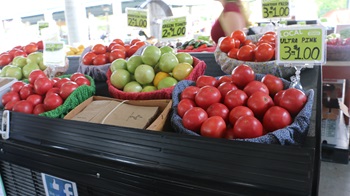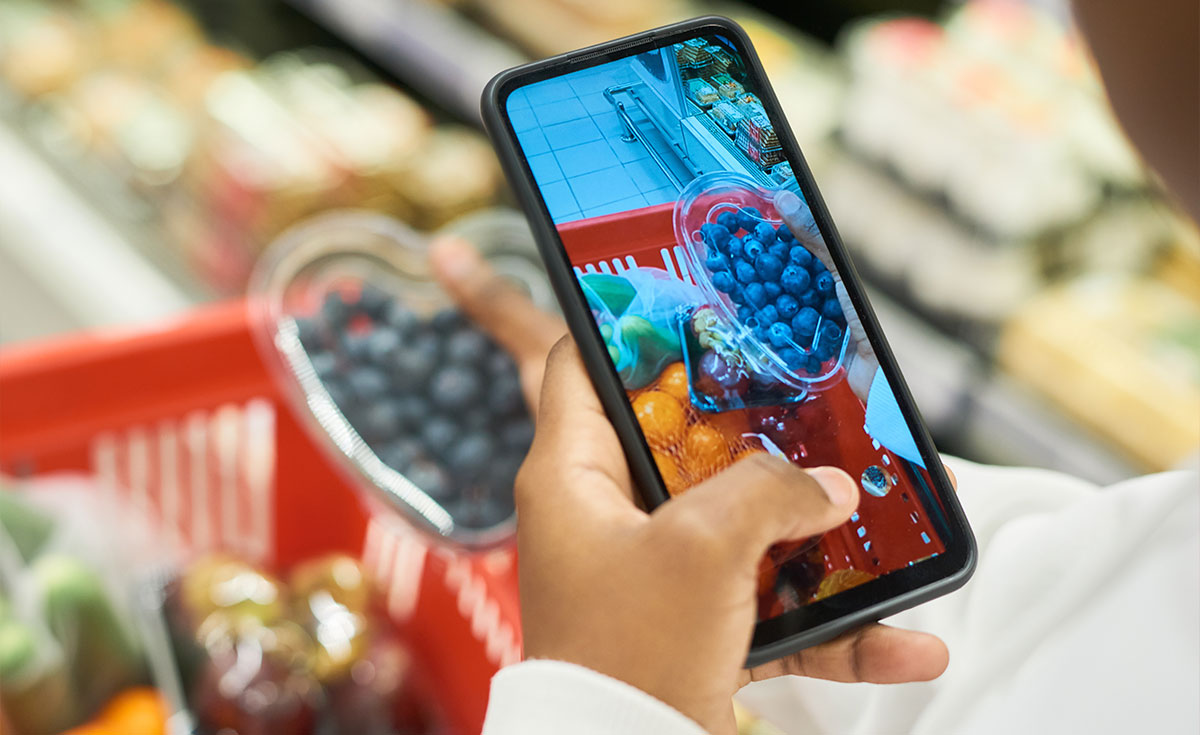By: Rick Stein, Vice President, Fresh, Food Marketing Institute
 For Father’s Day, my daughter planned a father/daughter trip downtown to browse the big farmers’ market together. As a retail veteran, I must admit that I don't spend much time at farmers’ markets. But as it turns out, my daughter often goes with her friends to look for unique and local items in what she calls a fun treasure hunt. Once at the market, I was amazed at not only a number of produce items, but also the myriad of signs touting local, organic, seasonal, natural, sustainable and many other growing attributes. It occurred to me again, locally-grown items are a great way for traditional retailers to up their experience factor and capture some of the excitement around the expansion assortments in produce.
For Father’s Day, my daughter planned a father/daughter trip downtown to browse the big farmers’ market together. As a retail veteran, I must admit that I don't spend much time at farmers’ markets. But as it turns out, my daughter often goes with her friends to look for unique and local items in what she calls a fun treasure hunt. Once at the market, I was amazed at not only a number of produce items, but also the myriad of signs touting local, organic, seasonal, natural, sustainable and many other growing attributes. It occurred to me again, locally-grown items are a great way for traditional retailers to up their experience factor and capture some of the excitement around the expansion assortments in produce.
According to the Power of Produce 2017, 54 percent of shoppers would like their produce department to offer an expanded assortment of locally-grown produce. Shoppers’ are zeroing-in on a mile radius from where they shop and use state lines to define what they constitute as local produce. The study found 80 percent of consumers buy locally to help keep their dollars in their community. FMI’s U.S. Grocery Shopper Trends 2017 reports 72 percent of shoppers believe local is fresher, supports local economies and builds the vitality of communities.
Retailers have a real opportunity to leverage local as a way to drive trips and sales throughout the entire store, but especially in produce. For retailers to succeed, we must consider a succinct and consistent definition of local that can be portrayed through in-store co-marketing between retailers and growers, as well as, information on environmental programs. Throughout the year, grocers can offer an assortment of local items focused on freshness. This requires cultivating long-term relationships with farmers and suppliers to create the farmer-to-consumer experience, much like what I encounter at the farmer’s market.
Local is just one of the several growth drivers in produce, the study finds organic represents nearly 8 percent of all fresh produce dollars, and reflects 30 percent of all produce growth. For traditional retailers, produce brands are emerging as strong storytellers to consumers shopping the perimeter. Dollar sales for grower-branded produce items grew 12 percent over the past five years and private label increased eight percent, according to the report. With this research, you can build a produce destination that is every bit as fun to browse as the local farmers’ market!
Learn more about the Power of Produce 2017, visit FMI.org/FreshFoods.


 Industry Topics address your specific area of expertise with resources, reports, events and more.
Industry Topics address your specific area of expertise with resources, reports, events and more.
 Our Research covers consumer behavior and retail operation benchmarks so you can make informed business decisions.
Our Research covers consumer behavior and retail operation benchmarks so you can make informed business decisions.
 Events and Education including online and in-person help you advance your food retail career.
Events and Education including online and in-person help you advance your food retail career.
 Food Safety training, resources and guidance that help you create a company food safety culture.
Food Safety training, resources and guidance that help you create a company food safety culture.
 Government Affairs work — federal and state — on the latest food industry policy, regulatory and legislative issues.
Government Affairs work — federal and state — on the latest food industry policy, regulatory and legislative issues.
 Get Involved. From industry awards to newsletters and committees, these resources help you take advantage of your membership.
Get Involved. From industry awards to newsletters and committees, these resources help you take advantage of your membership.
 Best practices, guidance documents, infographics, signage and more for the food industry on the COVID-19 pandemic.
Best practices, guidance documents, infographics, signage and more for the food industry on the COVID-19 pandemic.
